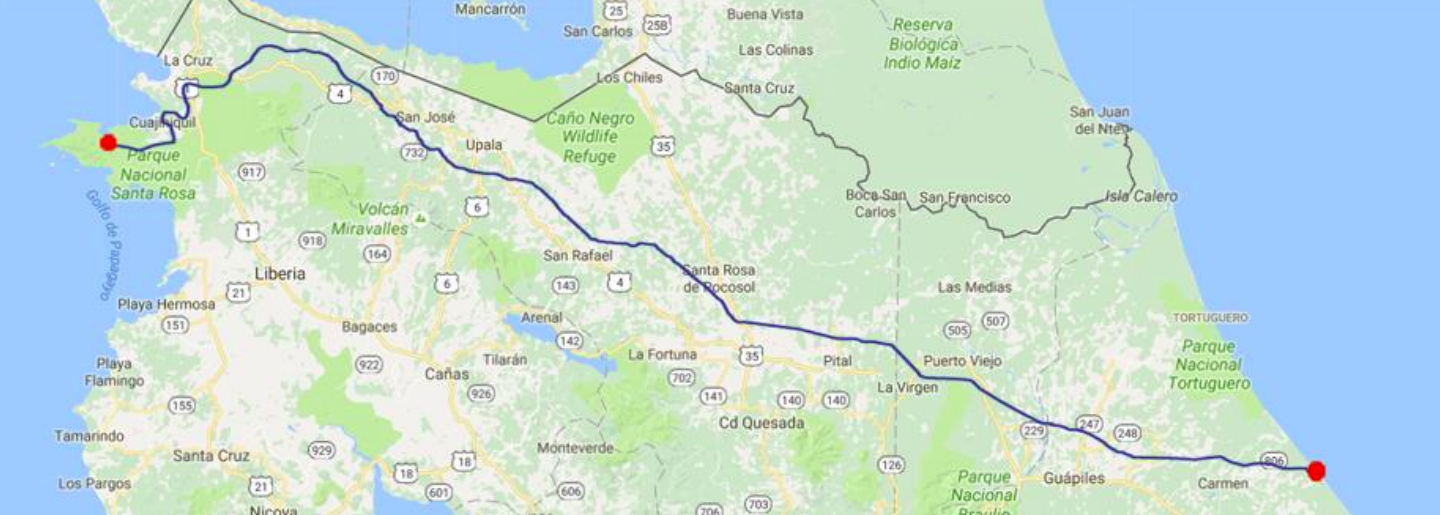A proposal is being considered that would create a dry canal linking the Caribbean with the Pacific.
It would consist of a 315 km 10-lane highway, four per direction and two railway lines. It would be built in about five and a half years.
Representatives of the Costa Rican government presented the Interoceanic Dry Canal project on Monday, a private $ 16 billion proposal ($ 8960 billion) to be developed over five years.The presentation was attended by representatives of the National Concessions Council (CNC) of the Ministry of Public Works and Transport (MOPT), the Costa Rican Institute of Ports of the Pacific (INCOP), the Port Administration Board of the Caribbean Coast (JAPDEVA) and the Costa Rican Institute of Railways (INCOFER).
The project was the idea of Canal Seco of Costa Rica (CANSEC) and consists of a dry canal with three ports: one in Parismina de Limón, another in San Carlos de Alajuela and the third in La Cruz de Guanacaste, 315 kilometers of land routes to 10 lanes: four in each direction and two of railroad, with capacity to move containers to double height. According to a MOPT statement, four groups of investors have shown interest in financing the project. If it were to go through its preliminary phase, it would take a year to develop feasibility studies, 18 months for the bidding process and three years to build the works.
The project also includes the construction of the route and the railroad, related works such as hydroelectric plants and the creation of 28 new communities.The Interoceanic Dry Canal would cross Santa Elena de la Cruz, Guatuso, Upala, San Carlos and Grecia in Alajuela, Sarapiquí of Heredia and the limonenses cantons Pococí, Guápiles and Siquirres. For the Government, one of the project's most notable elements is that the project would generate 80,000 new direct and indirect jobs throughout the country.
The potential offered by the project for the country is immense, and that adds to the strategic conditions of Costa Rica's location in the belt of the Americas, the proximity to the main world sea routes, the capacity to generate clean energy and the privileged topography to be able to make the interconnection between the two ports on both coasts, having the proposed layout area, only a 1% gradient, which technically offers great benefits for the construction and operation of the required railway infrastructure and road.
The project, according to MOPT data, is currently in the first phase, which is the analysis of the documents presented by CANSEC, and where pre-feasibility studies would also have to be updated. In this phase, in turn, a trust fund would have to be set up to hire a management team for the project, as well as engineering and technical assistance to validate the bidder's proposal, in order to establish the conditions of the bidding cartel. The next stage would be the bidding process and finally the construction.










